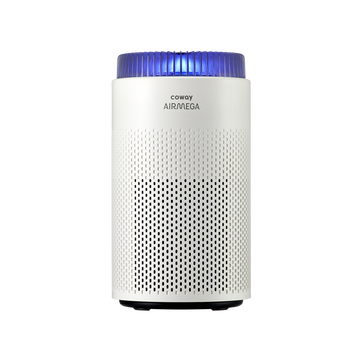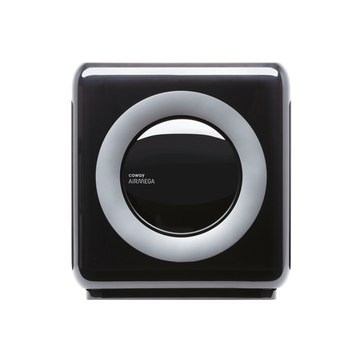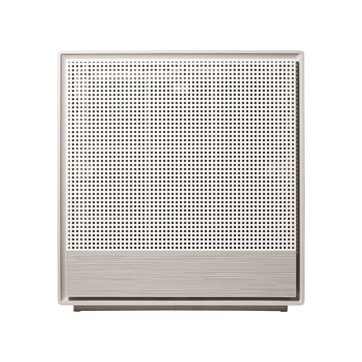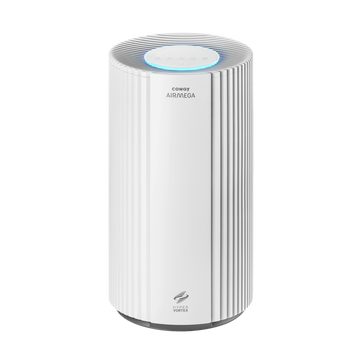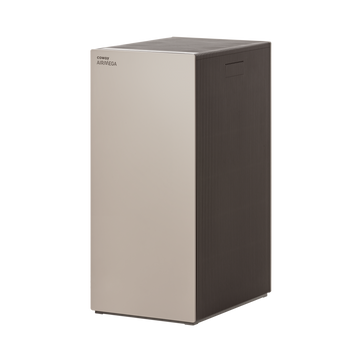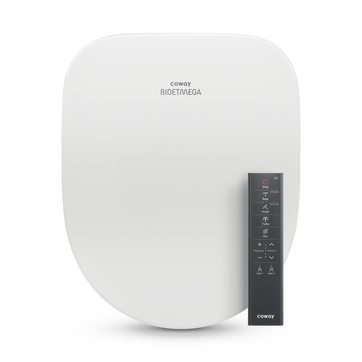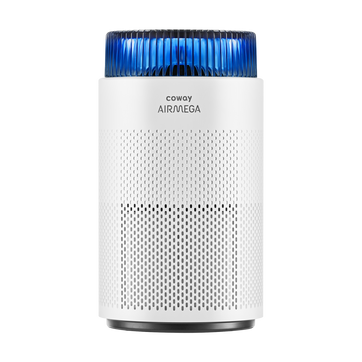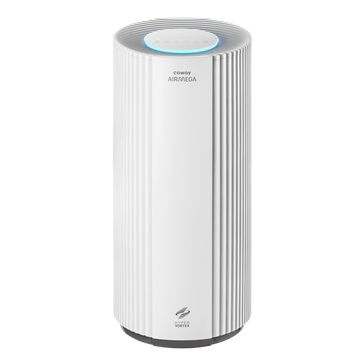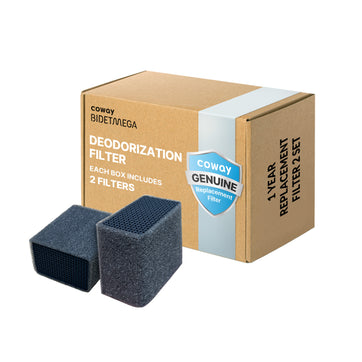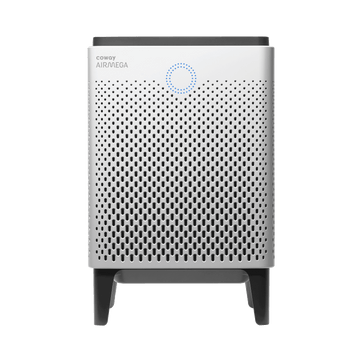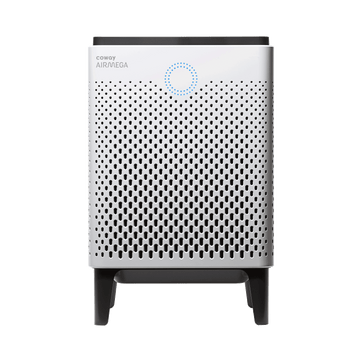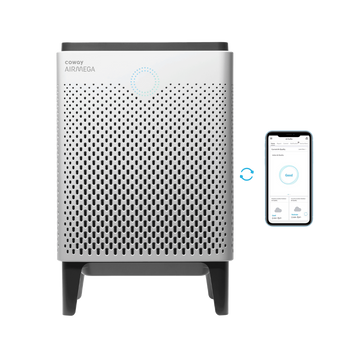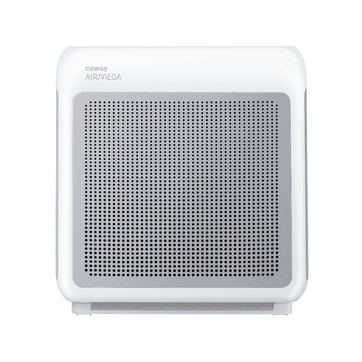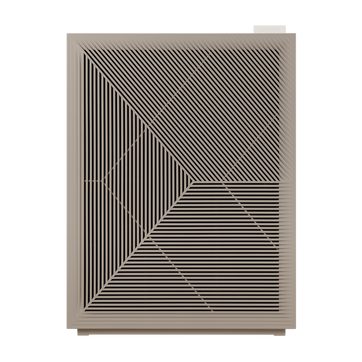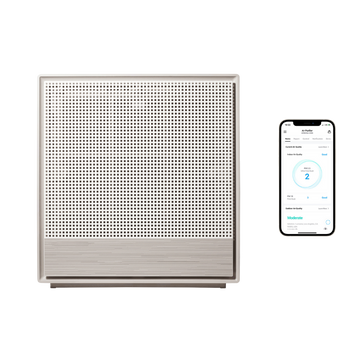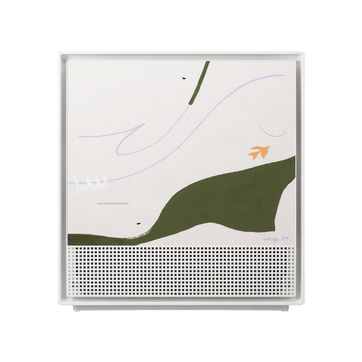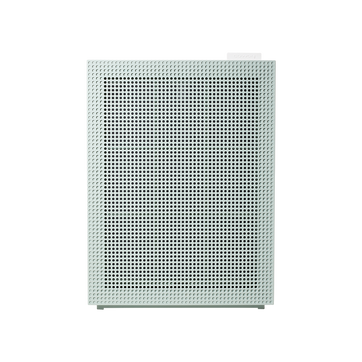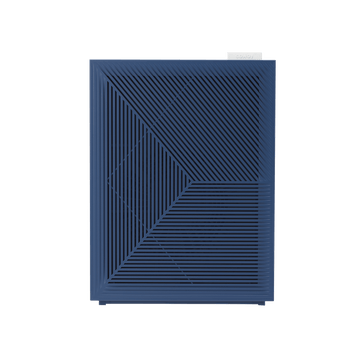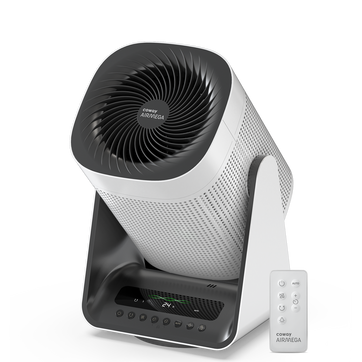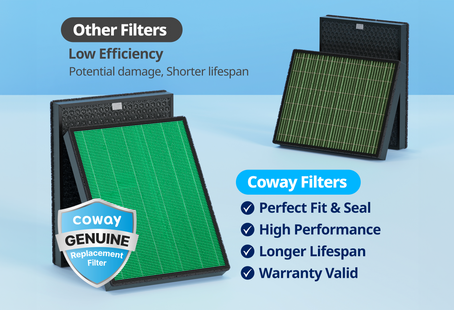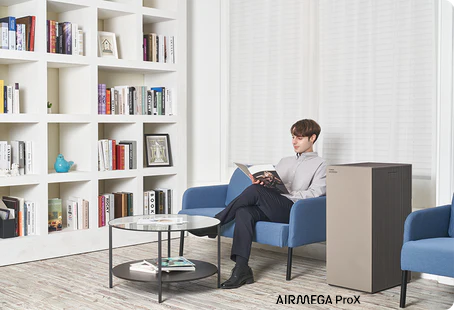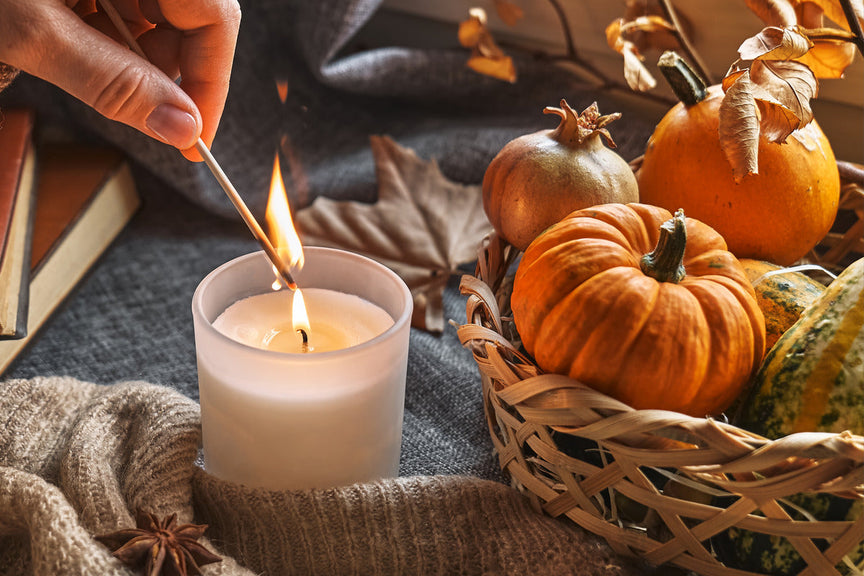
Are Candles Toxic? Assessing Your Indoor Air Quality
The crisp autumn air is settling in, and the leaves are turning vibrant shades of red and gold. At this time of year, many of us find ourselves drawn to the cozy comforts of our homes. It's no surprise, then, that autumn is the perfect season to light scented candles, switch on essential oil diffusers, and create that quintessential fall atmosphere. But as we indulge in these autumnal pleasures, an important question arises: Could these beloved staples be compromising our indoor air quality?
Year-round, we’re committed to helping you create a healthier home environment. That’s why we’re exploring the potential impacts of candles and diffusers on indoor air quality while offering practical tips for enjoying autumn ambiance without sacrificing the air you breathe.
The Appeal of Autumn Scented Candles
There’s no denying the allure of fall fragrances—those warm, spicy notes of cinnamon and clove, the comforting aroma of pumpkin pie, or the crisp scent of apples. Aromatherapy candles can also create a calming atmosphere after a stressful day, enhancing the appeal of these scents. All of these scents can instantly transform our homes into autumn havens. Scented candles and essential oil diffusers, in particular, have become go-to methods for infusing our living spaces with these seasonal scents.
Yet as we close our windows to keep out the chill, we may inadvertently be trapping pollutants inside our homes. The Environmental Protection Agency (EPA) reports that indoor air can be two to five times more polluted than outdoor air. So, it’s crucial to understand how our favorite autumn indulgences might be affecting the air we breathe.
Are Burning Candles A Flickering Concern?
Candles have been used for centuries to provide light and ambiance. Today, we primarily use them as decorative and aromatic accents, especially during the fall and winter months. But as they burn, candles can actually release various substances into the air and our homes that we need to stay aware of.
-
Particulate Matter: As candles burn, they release tiny particles into the air. These particles, known as particulate matter (PM), can be inhaled deep into the lungs and potentially cause respiratory issues.
-
Volatile Organic Compounds (VOCs): Many scented candles contain artificial fragrances that emit VOCs when burned. These compounds can cause headaches, dizziness, and respiratory irritation in some individuals.
-
Soot: Candles, especially those with lead-core wicks (though these are now banned in many countries), can produce soot. This fine, black substance can stain walls and furnishings and may be harmful when inhaled. Modern candle wicks are typically made from cotton or wood, which are safer alternatives to the historically used lead wicks.
-
Formaldehyde: Some studies have found that burning candles can increase indoor levels of formaldehyde, a known carcinogen.
It’s important to note that not all candles are created equal. Candles made from paraffin wax, a petroleum by-product, tend to release more potentially harmful substances than those made from soy, beeswax, or other natural materials. Burning candles indoors can be harmful to your health due to the release of toxic chemicals.
Scented Candles and Indoor Air Pollution
Scented candles can indeed add a delightful aroma to your home, but they can also contribute to indoor air pollution. When burning scented candles, they release volatile organic compounds (VOCs) and particulate matter (PM) into the air. These pollutants can exacerbate respiratory issues, such as asthma, and may even cause long-term health problems. For instance, burning scented candles can release toxic chemicals, including formaldehyde and benzene, which are known carcinogens.
To minimize the risks associated with scented candles, it’s essential to use them in well-ventilated areas. This helps to disperse the pollutants and reduce their concentration in the air. Additionally, consider alternative options such as essential oils or natural wax candles, which tend to release fewer harmful substances. By being mindful of these factors, you can enjoy the cozy ambiance of scented candles without compromising your indoor air quality.
Candle Materials and Toxicity
The materials used to make scented candles can significantly impact their toxicity. Paraffin wax, a common ingredient in many scented candles, is a petroleum byproduct that can release harmful chemicals when burned. These chemicals can contribute to indoor air pollution and pose health risks.
In contrast, natural wax candles, such as those made from soy or palm wax, are generally considered safer and more environmentally friendly. Soy candles, for example, burn cleaner and produce less soot compared to paraffin wax candles. Beeswax candles are another excellent option, as they are natural and renewable, often emitting a pleasant, natural scent without the need for added fragrances.
When choosing a scented candle, look for products made from natural materials. This not only helps reduce the potential health risks associated with burning candles but also supports a more sustainable and eco-friendly lifestyle.
Are Diffusers A Healthier Alternative to Volatile Organic Compounds?
Essential oil diffusers have gained popularity as a natural alternative to scented candles. These devices disperse essential oils into the air, creating a pleasant aroma without the need for an open flame. But are they truly a healthier option?
-
VOCs: While essential oils are natural, they still also release VOCs into the air. Some people may be sensitive to these compounds, experiencing symptoms like headaches or respiratory irritation.
-
Humidity: Ultrasonic diffusers, which use water to disperse oils, can increase indoor humidity levels. While this can be beneficial in dry climates, excessive humidity can promote mold growth and dust mite proliferation.
-
Oil Quality: The quality of essential oils used in diffusers can vary greatly. Some may contain synthetic fragrances or other additives that could potentially impact air quality.
-
Overuse: Using diffusers for extended periods or in small, poorly ventilated spaces can lead to a buildup of oils in the air, potentially causing respiratory issues or skin irritation in sensitive individuals.
How to Enjoy Autumn Scents Safely
Creating a cozy autumn atmosphere doesn’t mean you have to compromise your indoor air quality. Scented candles have become increasingly popular, but there are growing concerns about 'scented candles harmful' to health. While candles and diffusers can affect the air you breathe, there are ways to enjoy seasonal scents safely. Start by choosing natural wax candles with cotton wicks and high-quality essential oils for diffusers. Even as temperatures drop, make it a habit to open your windows briefly each day, allowing fresh air to circulate.
Moderation is also key–if you can manage it, limit your candle and diffuser use to a few hours in well-ventilated areas. Scented candles release volatile organic compounds (VOCs) that can impact your health, so proper ventilation is crucial. For a natural touch, try simmering spices on the stove or baking autumn treats to fill your home with inviting aromas.
To stay informed about your air quality, consider using a monitor to track pollutant levels. Most importantly, though, you’ll want to invest in a reliable air purification system. Our Airmega air purifiers, equipped with powerful HEPA filters, effectively remove particulate matter and VOCs to ensure you can indulge in autumn’s sensory pleasures while breathing clean, fresh air day and night.
Precautions and Preventions
To minimize the risks associated with scented candles, there are several precautions and preventions you can take:
-
Burn candles in well-ventilated areas: This helps to reduce the concentration of VOCs and particulate matter in the air.
-
Choose candles made from natural materials: Opt for soy or palm wax candles, which are generally considered safer.
-
Opt for unscented candles or those with essential oils: These are typically safer alternatives to artificially scented candles.
-
Avoid burning candles near pets or children: They may be more susceptible to the negative health effects of indoor air pollution.
-
Trim the wick of your candle: Keep it to 1/8 or ¼ inch before each use to reduce the amount of soot and VOCs released.
-
Consider using alternative methods for aromatherapy: Essential oils or room sprays can provide pleasant scents without the risks associated with burning candles.
By taking these precautions and being mindful of the potential risks associated with scented candles, you can enjoy the benefits of aromatherapy while minimizing the negative impacts on your health and the environment.
Our Commitment to Clean Air and Reducing Indoor Air Pollution
We understand the importance of creating a cozy autumn atmosphere without compromising your health. Our Airmega air purifiers are equipped with state-of-the-art filtration systems that can capture up to 99.999%1 of fine particles as small as 0.01 microns, including many of the pollutants released by candles and diffusers. How is this possible? You can thank the Max2 Activated Carbon Filter, which captures and removes common VOCs from the air.
Take our Airmega IconS, which not only purifies your air but also serves as a piece of stylish furniture with a wireless charging station, seamlessly blending into your autumn decor. Its powerful filtration system can help mitigate the effects of candles and diffusers, allowing you to enjoy your favorite scents with less worry.
Embrace Autumn, Responsibly
As we welcome the fall season, it's natural to want to create a warm and inviting atmosphere in our homes. While scented candles and essential oil diffusers can certainly contribute to that cozy autumn ambiance, it's important to be mindful of their potential impacts on indoor air quality.
By making informed choices about the products we use, practicing moderation, ensuring proper ventilation, and investing in air purification solutions, we can strike a balance between enjoying the sensory pleasures of autumn and maintaining a healthy indoor environment.
The goal isn't to eliminate all sources of pollutants–that would be nearly impossible. Instead, it's about being aware of potential air quality issues and taking steps to mitigate them. With a little care and the right tools, you can create a home that's not only warm and inviting but also conducive to your health and well-being.
This autumn, let's embrace the season's scents and atmospheres, responsibly. After all, there's nothing cozier than knowing you're breathing clean, fresh air.
Sources:
EPA - Indoor Air Quality Backgrounder
National Candle Association - History
National Candle Association - Candle Science & Testing
Disclaimers
1Coway air purifiers have been proven to trap dust, pollen, dander, viruses and bacteria in the air based on KCL (Korea Conformity Laboratories) testing.They have been tested in a 30㎥ size chamber according to the Korea Air Cleaning Association standard (SPS-KACA 002-132:2022 Modified) to measure the 0.01㎛ size of particle removal rate. It was tested on maximum airflow speed in normal room temperature and humidity conditions. The performance may vary in the actual living environment of customers.
→ Tested with Airmega Aim, 50, 100, 150, 160, Tower AP-1216L, Mighty AP-1512HH, MightyS AP-1512HHS, 200M, Icon, IconS, 230, 240, 250, 250 Art, 250S, 300, 300S, 350, 400, 400S, 450, ProX
299.97% of viruses, bacteria, fungi and pollen were verified to be removed from the air for Coway air purifiers which have Green True HEPA™ filter applied based on the Japan Food Research Laboratories(JFRL) testing according to JEM 1467 standard.
→ Tested with Coway Airmega Mighty AP-1512HH, MightyS AP-1512HHS, 250, 250 Art, 250S, 300, 300S, 400, 400S
→ All tested by JFRL and received above result within below time.
4The concentration of ammonia, acetaldehyde and acetic acid were proven to be removed within 30 minutes by FCG Research Institute, Inc. Human Life Science Lab. It is not a demonstration result in the actual use space. Not all odors and gases may be supported. → Tested with Coway Airmega 150, 160, Mighty AP-1512HH, MightyS AP-1512HHS, 400, 400S
5The coverage area of the air purifier is based on an area where the air cleaner can make two air changes per hour (ACPH). An air change per hour translates to how many times an air purifier can clean an area, assuming the height of a ceiling to be 8 ft, in one hour. Therefore ** means two air changes per hour means that the cleaner can clean the area once every 30 minutes and * means air changes per hour means that the air purifier can clean the area once every 60 minutes.
10Terms and conditions apply. Discounts, including promotions, coupons, bundle discount and subscription discount, cannot be stacked on top of other coupons. During promotional periods, discount codes will not be able to be applied to orders. Promo codes may apply to products only—filters, accessories, and new products within 3 months of the release date are not included.
11Based on Coway R&D internal laboratory testing, activated carbon filtration was shown to remove up to 95% of ammonia odors within 40 minutes, and up to 99% of fecal odors within 20 minutes. Actual performance may vary depending on usage conditions.
